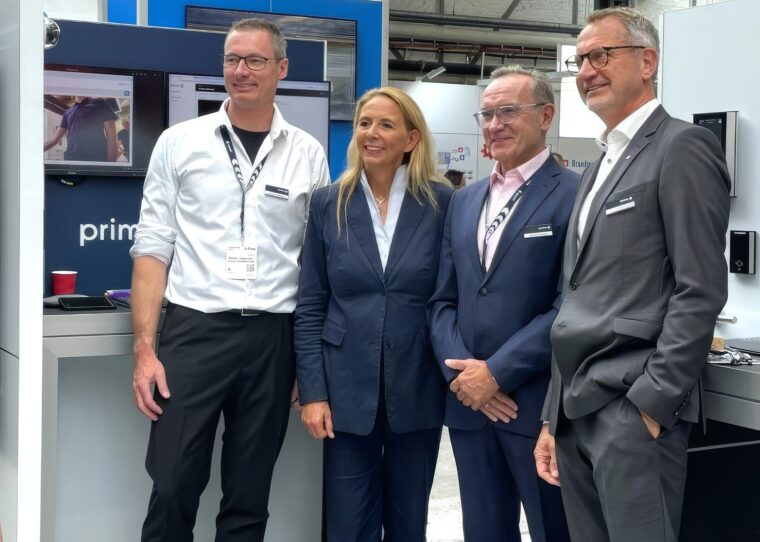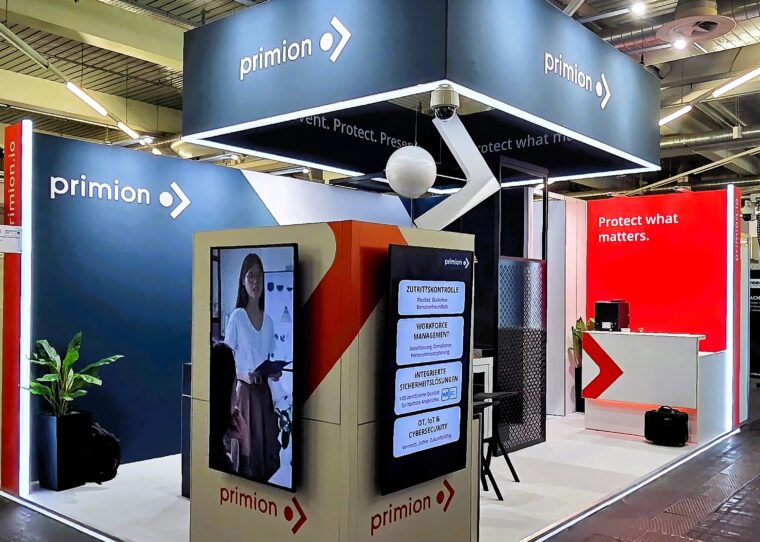IoT in OT Security: New risks, new solutions

The digital world is fundamentally changing production and security. Where individual systems used to run in isolation, today almost all components are networked – from simple access readers to complex production systems. This development brings tremendous opportunities, but also presents significant risks, with every networked device, the potential attack surface increases.
IoT in OT systems: What’s behind the connected revolution?
Operational Technology (OT) refers to all systems that control physical processes, such as machines, production lines, or access control systems. With the advent of the Internet of Things (IoT), these systems are becoming increasingly smart and interconnected. However, this intelligence comes with a price, increased vulnerability to cyber threats.
Alexander Friesen, R&D Director at Primion, explains the challenge perfectly:
A simple access reader that communicates with the central management system via the network becomes a potential target for attack. A cyberattack could not only compromise the access control but also serve as a gateway into the entire network.
Typical security risks at a glance
- Manipulated end devices: Attackers exploit insecure firmware or open interfaces to gain unauthorized access and control over connected devices.
- Lateral movement in the network: Once inside, a compromised device allows cybercriminals to access critical systems throughout the entire network infrastructure.
- Missing updates: Outdated software creates persistent security vulnerabilities that attackers can easily exploit to breach systems.
Our approach? Security by Design
To address these evolving risks, Primion consistently pursues a “Security by Design” approach that builds protection into every component from the ground up. This comprehensive strategy includes:
- Encrypted communication: All data transmission between end devices and management systems uses robust encryption to prevent unauthorized access and data interception.
- Secure, tamper-proof firmware: Every device features secure firmware with tamper-proof mechanisms that maintain system integrity even under direct attack.
- Regular updates and patches: Continuous software updates and security patches ensure lasting protection against newly discovered vulnerabilities.
- Open interfaces and standardization: By embracing open interfaces and standardized solutions, Primion avoids the security pitfalls of isolated, proprietary systems.
These comprehensive measures transform even simple devices into resilient building blocks of a robust security architecture that can withstand sophisticated cyber threats.
Building security into tomorrow’s connected world
IoT security in OT systems isn’t a niche topic, it’s a central component of modern cybersecurity strategies. Only when devices and systems are developed to be secure from the ground up can companies effectively counter the growing landscape of cyber threats.
The key takeaway is clear, reactive security measures are no longer sufficient in our interconnected world. Instead, organizations must embrace proactive security architectures that anticipate and prevent attacks before they occur.
Looking ahead, the integration of artificial intelligence represents the next frontier in industrial cybersecurity. In the third part of our series, you’ll discover how artificial intelligence is already being deployed in security analysis today and why it will play an even more critical role in protecting our connected future.
Other articles

Primion changes company names for subsidiaries in France and Spain

What does NIS2 really mean for your physical access control?

IoT in OT Security: New Risks, New Solutions

Primion drives Next-Level Security at SicherheitsExpo Berlin

Converged security will be a gamechanger
